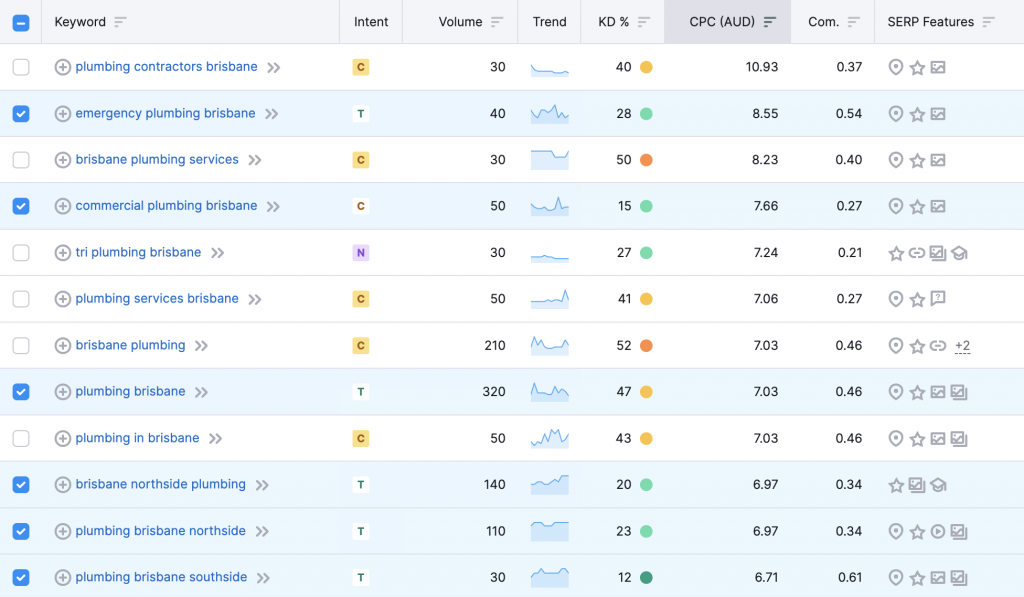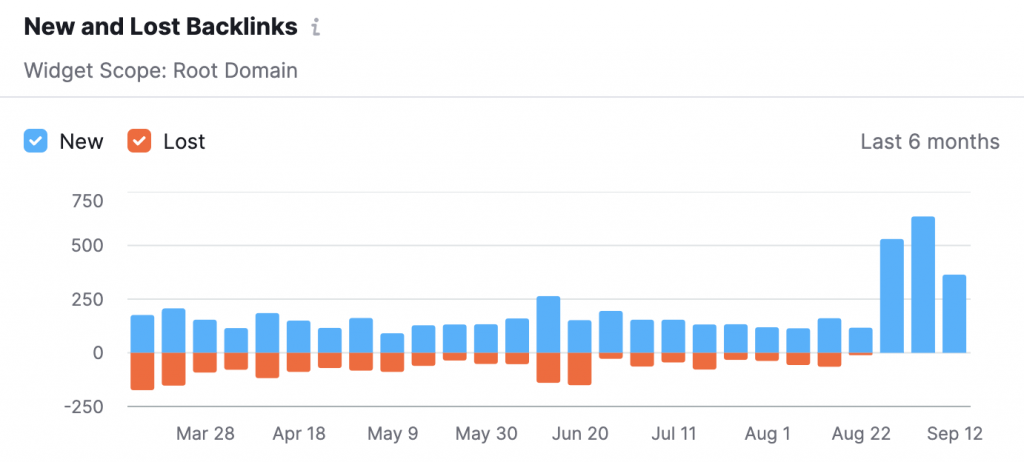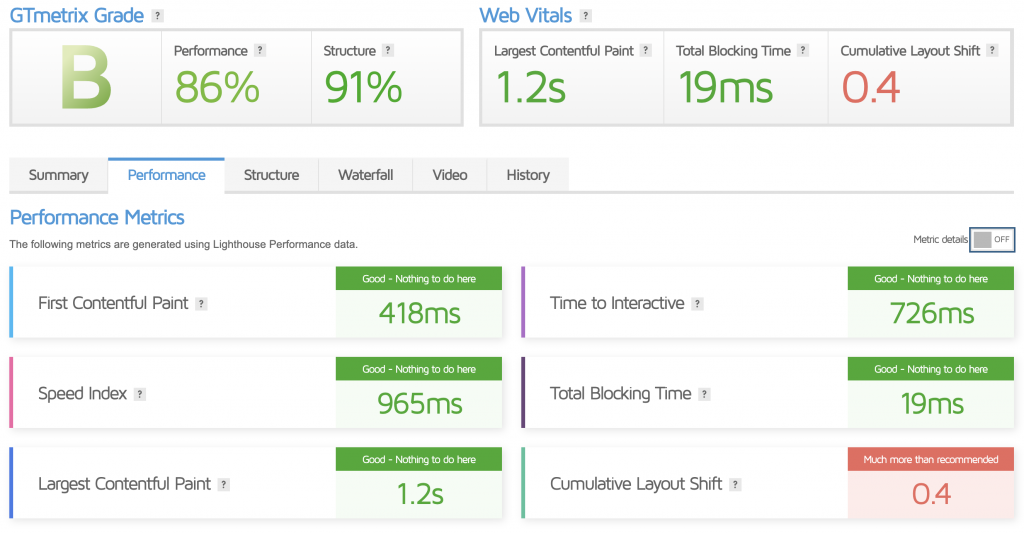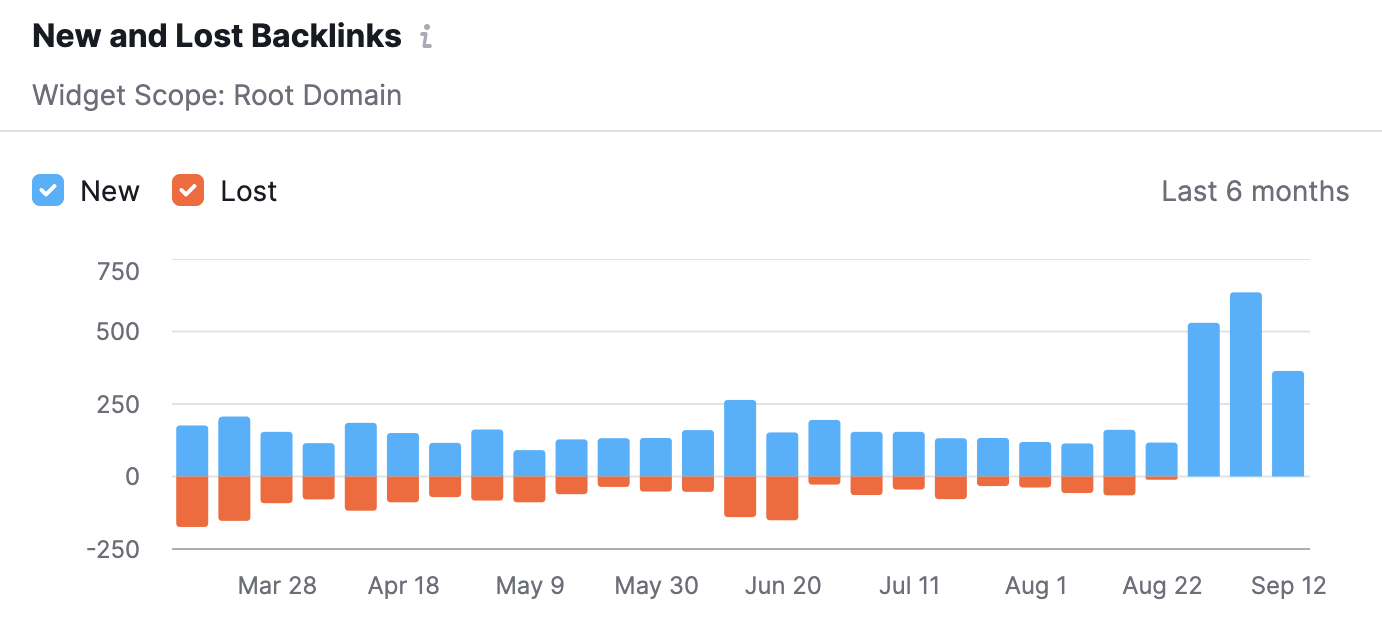With 61% of marketers now believing that SEO is key to success in an increasingly competitive online marketplace, improving your search standing is essential for ensuring the right reputation to secure web-based conversions and a satisfying online following.
While Google takes the top search spot with 79% of total desktop search traffic, continual updates to Google algorithms mean that SEO needs to be a continual focus for marketing teams looking to increase market share.
In this Ultimate Guide to SEO, we help you work through this confusion by considering what exactly SEO is, why it matters, and how you can make sure to secure top search spots even against your fiercest competitors.
What is SEO?
Search engine optimisation (SEO) is the process of increasing a website’s search engine ranking through focuses and website priorities that boost relevance and impress search algorithms. Most commonly, SEO can be split into two prime categories, which are –
- On-page SEO: The optimisation of controllable parts of a website, including content, code, and design.
- Off-page SEO: General actions taken to build trust and industry authority, including inbound links, social media profiles, and more.
Why is SEO Important?
While even a glance at SEO statistics points clearly to its importance, getting SEO right also requires a more in-depth understanding of why this marketing technique matters so much. Benefits especially worth considering include –
- Increased organic discovery
- Search engine recommendations
- Improved credibility and trust
- Optimised user experiences
- Improved industry standing
- Free marketing
- Drive online sales and enquiries
What matters most when it comes to your SEO?
The fact that Google is always changing its algorithms is perhaps the most concerning element of SEO – how are you supposed to succeed in a game where the rules are always changing? This is perhaps the prime argument for getting outside help from an experienced SEO agency that understands and can adapt to these changes.
That said, even Google’s latest updates don’t change the fact that good SEO revolves around an informative, up-to-date web presence that provides value to users. SEO strategies typically a mix of the following tactics:

# 1 – Keyword research
Keyword research is the identification and analysis of the specific search terms that people use when looking for a product.
These keywords can then be implemented into website copy and content to better ensure that Google understands where to rank you (thus proving that you’re an informative authority in your chosen field), and that your site appears in relevant searches.
Keyword research tools that make it possible to identify and track the use of common and relevant keywords, and even compare how your competitors are using those same terms. Some of the most commonly used tools include –
Google also provides its own keyword research suite, which provides free access to crucial tools such as –
- Google Keyword Planner: Located in the tools and settings section of Google, Google’s keyword planner is a free tool for anyone with a Google Ads account. Users can discover and choose the best-ranking keywords, as well as determine search volumes and forecasts, and even keyword results and ideas based on an entered webpage URL.
- Google Search Console: Performance reports found within Google’s Search Console enable users to get a better grasp on keywords by clearly listing the clicks each website page receives, and the keywords that most often lead users there.
The most effective approach to keyword research is understanding how users search on Google. This can be broken down into different types of keywords, including –
- Short-tail keywords: Short-tail or head keywords are short keyword phrases consisting of three words or less. Words like these have a huge amount of search volume, but they’re also some of the most competitive keywords to use, meaning generally low conversion rates.
- Long-tail keywords: Long-tail keywords consisting of more than three words are used in 50% of all organic search queries and make up for a generally lower search volume with competitive results. Long-tail keywords especially enable companies to pinpoint search intent and better ensure relevance to consumers who are looking to buy.
Researching the performance of a mixture of these keywords is most commonly the best way to ensure page standing and improved SEO results because of that.
# 2 – Perfecting On-page SEO
As we touched on above, SEO can be implemented through both on-page and off-page efforts, both of which are crucial for success. However, while off-page SEO often takes care of itself due to general marketing efforts like building industry authority, on-page SEO requires a more specific focus to create results.
When thinking about your on-page focuses, it’s especially worth prioritising steps that improve your E-A-T (expertise, authoritativeness, and trustworthiness). This is the framework that Google uses to assess websites/content, and every on-page focus should ultimately drive you here.
On-page tactics that you’ll especially want to prioritise, include:
- Title tags
Title tags are HTML tags that head each section of a website to provide context surrounding page subject matter.
These tags are especially featured in search listings where they appear as clickable links. Title tags are also used in your browser itself, most commonly within navigation menus.
Title tag optimisation is crucial for relevance, consumer ease, and SEO in general, and relies on:
- Unique titles for every page
- Short, relevant titles
- Titles containing target keywords
- Meta descriptions
Meta descriptions, or meta tags, provide a description of what a page is about, to be displayed under a clickable link within search listings. This can help with everything from click-through rates to more positive page perception.
Generally speaking, a ‘well-written’ meta description will be no more than 155 characters, and will focus around the actionable use of keywords that drive relevant consumers towards your page while keeping Google algorithms happy.
Image optimisation
Unbroken chunks of website text or content aren’t appealing to your consumers, and Google doesn’t like them that much either. Instead, optimising your page with images is a fantastic way to both get Google onside, and make whatever you’re posting online more likely to capture consumer attention.
Product images, staff photos, and the use of royalty-free images within content such as blog posts can especially help to increase readability and search rankings in turn.
Content
Last but perhaps most importantly, on-page SEO focuses should always make way for the creation of content that significantly boosts authority and keeps your page up-to-date for always-higher rankings. The most common forms of website content that can enhance on-page SEO efforts especially tend to include:
- Blogs
- Video uploads
- Educational articles
- Press releases

# 3 – Link Building
Link building, or backlinks, are links to your website from other sources. When these links come from high-authority websites, it’s possible to significantly boost site authority and thus increase your standing with Google. Not to mention that the ability to tap into brand-new audiences this way can provide a great opportunity to increase website traffic in itself.
Creating high-quality content can bring organic backlinks as others in your industry, or even your readers, link that content somewhere on their sites.
Link-building success is typically built on two primary types of backlinks, which are:
- Follow links: Normal backlinks that lead traffic directly to a page or a piece of content on your site, and which are ranked most highly when it comes to creating site authority and SEO standing.
- Nofollow links: Links that are altered to prevent increased Google standing or domain authority, but that still drive traffic and boost SEO as a result.
Generally speaking, follow links are what we most commonly refer to when we think about backlinks, and these are by far the most lucrative option when it comes to link building for SEO as they directly improve your standing with Google.

# 4 – Technical SEO
Technical SEO refers to improvements made to the more technical elements of your website when attempting to improve search standing. This is especially essential as these technical elements can have a crucial impact on user experience. UX is high on the list of priorities when Google bots scan your site, meaning that overlooking technical aspects could even undo the benefits of every other SEO tactic we’ve considered here.
Technical considerations should especially be made in mind of key website and SEO priorities including:
- Faster load times (40% of consumers won’t wait longer than three seconds for a page to load)
- Easily scannable page content – like DesignRush.
- Limited dead links
- Secure performance
- Structured data
These goals can be achieved using a range of different techniques that don’t necessarily need to be as technical as you might assume, including:
- The use of SSL (secure sockets layer): SSL is a security technology that creates encrypted links between web servers and browsers. This keeps Google happy and guarantees generally safe browsing.. Most top website builders now include SSL by default, but it’s also possible to purchase an SSL certificate for any website if not.
- Responsive website design: 92% of mobile phone users now access the internet on their phones. In light of this, Google now prioritises responsive designs that appear and load as well on mobiles as they do on desktops. This can be achieved using responsive images, pre-designed responsive themes, and more.
- General steps towards speed: Load times are a major consideration for many modern consumers and for Google. Taking steps towards the fastest possible load times is therefore crucial for any website, and should involve focuses including fast hosting, minimised HTTP requests, and compressed images.

Meet Your SEO Experts Today.
As you can see, successful SEO consists of countless different factors, and even this ultimate guide has only touched on the tip of this search engine priority.
At Social Direct Marketing, our SEO services are uniquely tailored to your brand, online presence, and target market to make your search ranking as good as it can be.
If your brand or business is serious about improving your standing on Google, then the team here at Social Direct Marketing can help. Schedule a free consultation with our SEO experts today to discuss your options.


